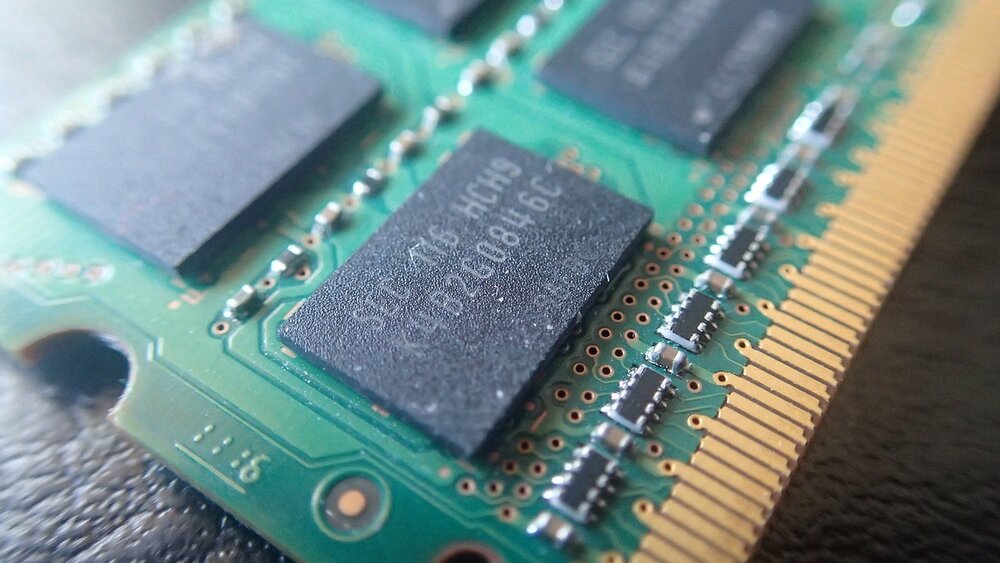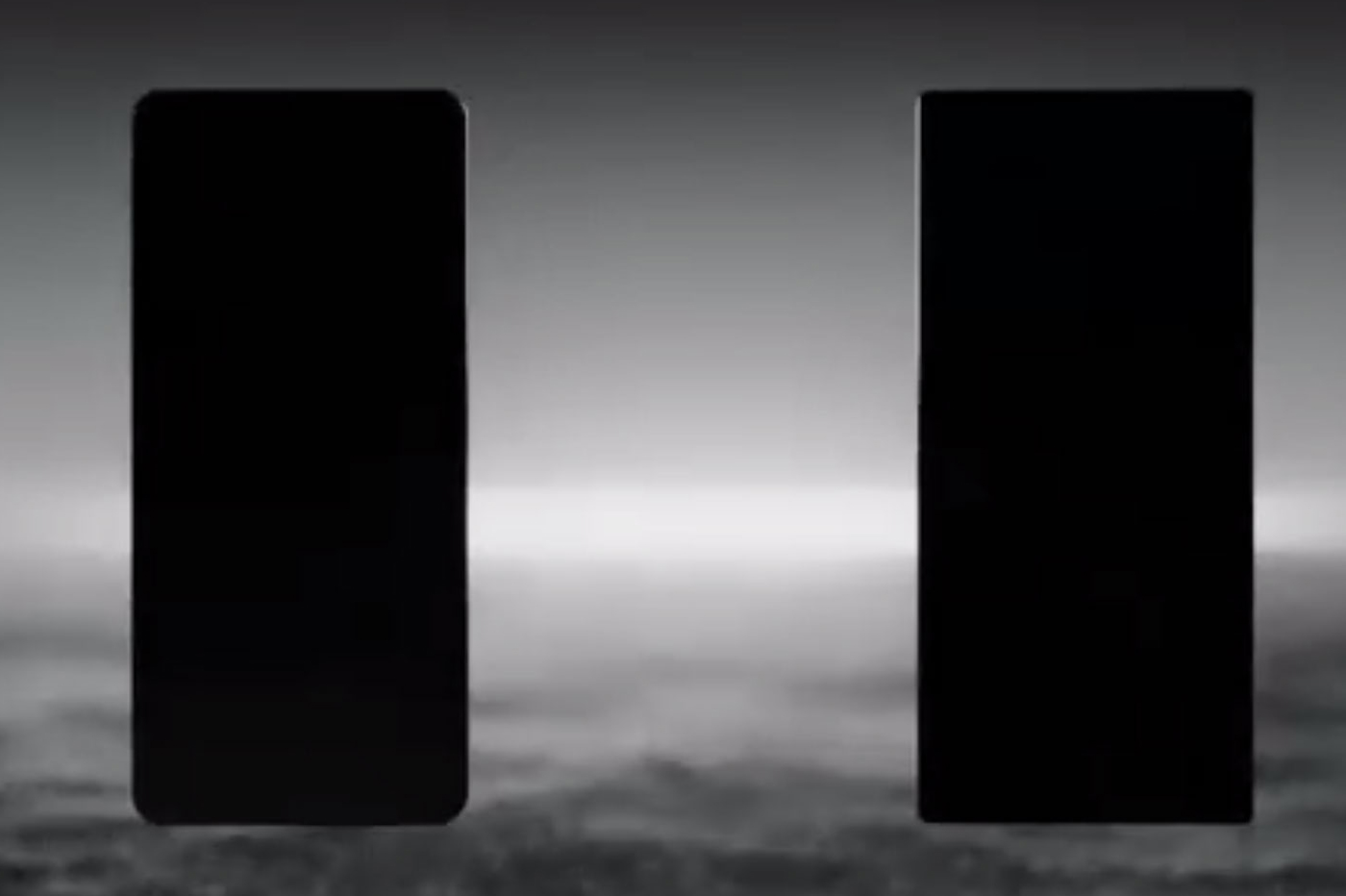
Despite the trend in the memory industry, which has seen many major chipmakers reduce their investment in memory chip production capacity for the coming year, Samsung will keep its investment in memory. She does it, against what practically all other manufacturers are going to dobecause they are sure that the drop in demand will be reversed in 2023. Especially in the area of memory intended for integration into data center servers.
Samsung has confirmed this after presenting its results for the third quarter of 2022, which show figures that show that the income and profits of its memory division have fallen, due, according to The Register, to customer inventory adjustments and to weakening demand for consumer products.
Its Device Solutions division, which manufactures semiconductor nodes and integrated circuits and memory chips, has recorded a 14% decline in revenue, totaling 16,140 million dollars in the reporting period. In addition, its profits have fallen 49% to 350 million dollars.
Despite this, Samsung Group revenues have broken another record: 54,000 million dollars, 4% more. But its total operating profit is down 23% from the previous quarter to $7.63 billion. These figures have improved the forecasts that Samsung had earlier this month, although they have fallen short of analyst estimates.
During the next quarter it is very likely that the adjustments in the memory market will continue, but Samsung expects that there will be notable demand in the server market. He bases this on the fact that he expects demand for these chips to remain strong in the server market.
It does this by building on continued infrastructure investments, data center installations, and the adoption of DDR5 memory in new CPUs. To meet anticipated demand, Samsung intends to grow both NAND and DRAM chip manufacturing in the fourth quarter, focusing on high-density and high-performance products.
By 2023, Samsung expects demand to pick up to some extent. Therefore, its Device Solutions division plans to actively address the demand for high-density products. It also plans to expand its advanced production nodes.
These predictions are in line with what Micron made earlier this month, when it predicted there would be a rebound in demand in the second half of its 2023 fiscal year. Despite this, Micron is cutting production investment in its capital for the coming year more than 30%, leaving it at 8,000 million dollars.
TSMC has also reduced capital investment in memory production. To begin with, until the end of the year it plans to invest at most 36,000 million dollars, 4,000 less than what it wanted to do at the beginning. SK Hynix is also going to lower its investment in memory production next year. So much so that it will lower it by about half.
In addition, SK Hynix is going to reduce the production volume of its less profitable products. Kioxia, which until recently was called Toshiba Memory, is also going to reduce capital investment and production, though by how much is unclear.
There is a consensus among memory manufacturers that the drop in demand that the market is currently experiencing is just part of the market cycle, and that they will be able to increase production and investment again when it picks up. But knowing when this will happen is not clear yet. Samsung and Micron expect a rebound next year, but some analysts believe this rise will come later.



